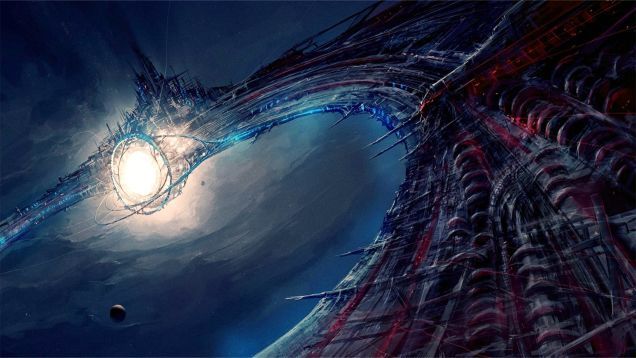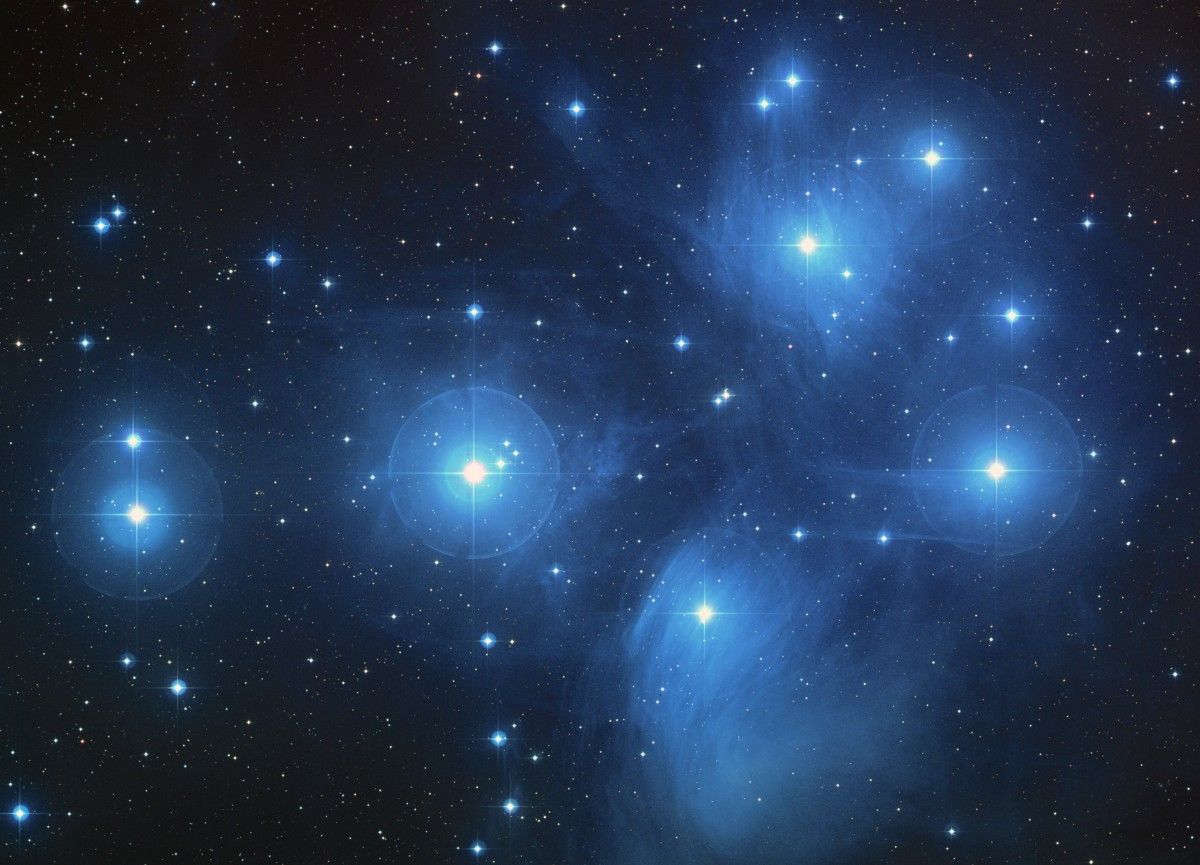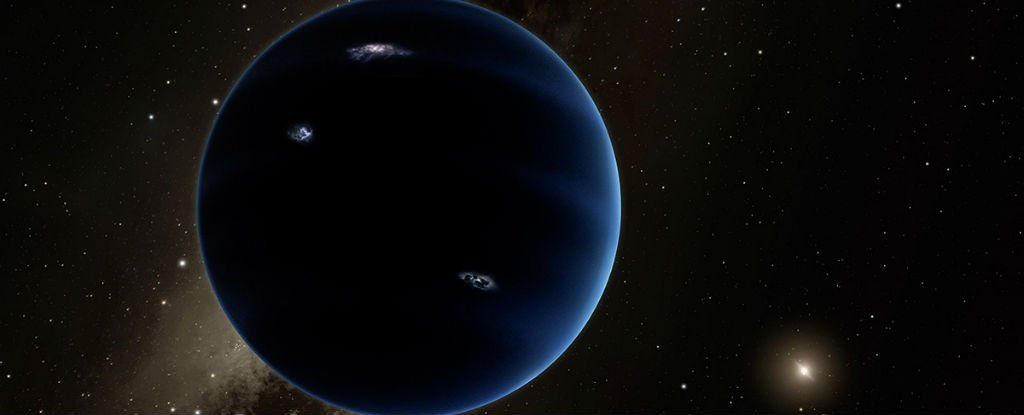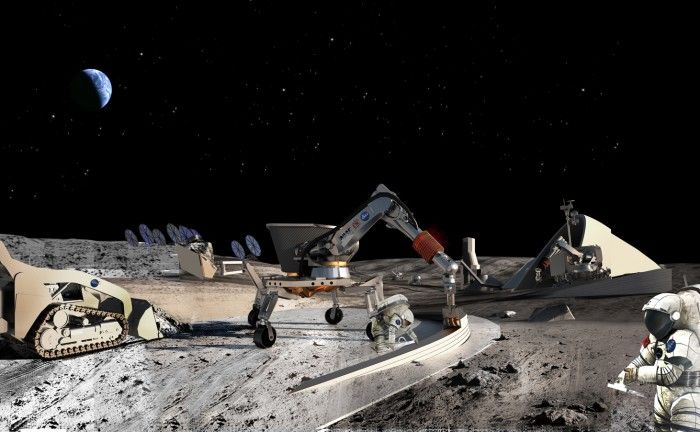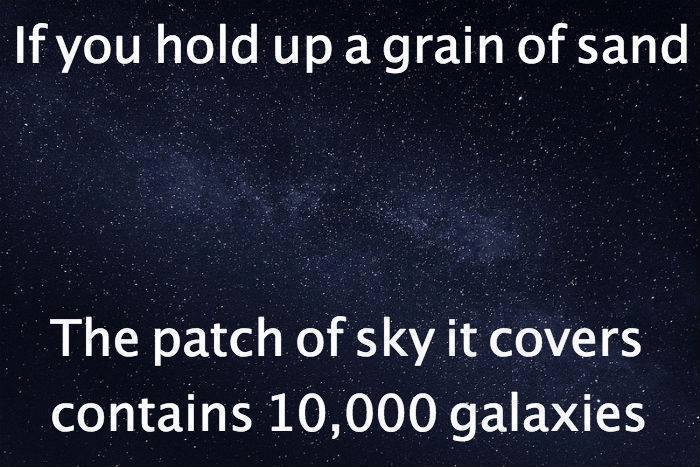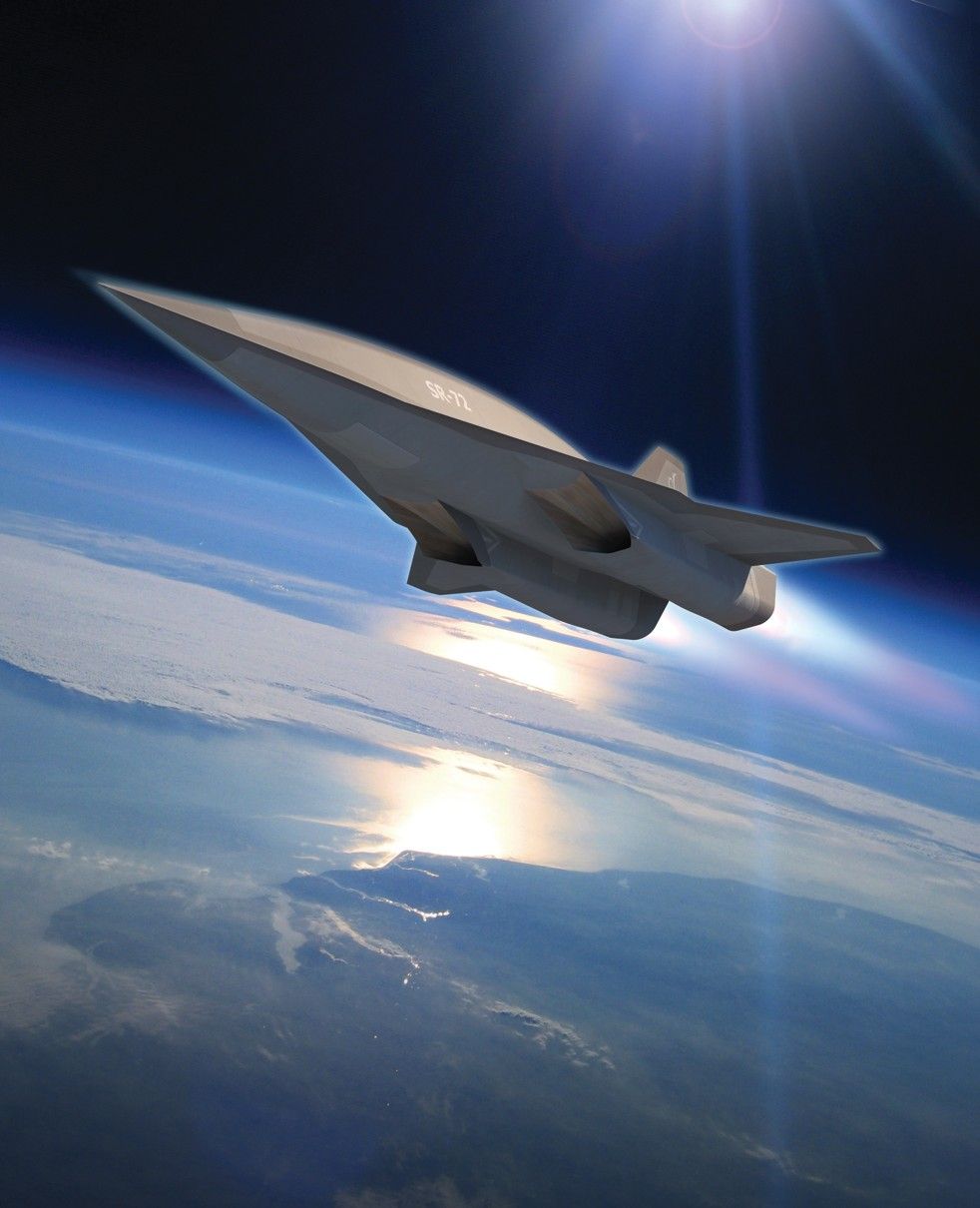Archive for the ‘space’ category: Page 935
Mar 30, 2016
This Week in Science: Mar 20 — 27, 2016
Posted by Shailesh Prasad in categories: 3D printing, bioengineering, biotech/medical, science, space

3D printed heart replicas, A new type of colossal galaxy, shutting down HIV with gene editing, and more!
Mar 30, 2016
This Week in Science: March 20-27th 2016
Posted by Shailesh Prasad in categories: 3D printing, bioengineering, biotech/medical, science, space
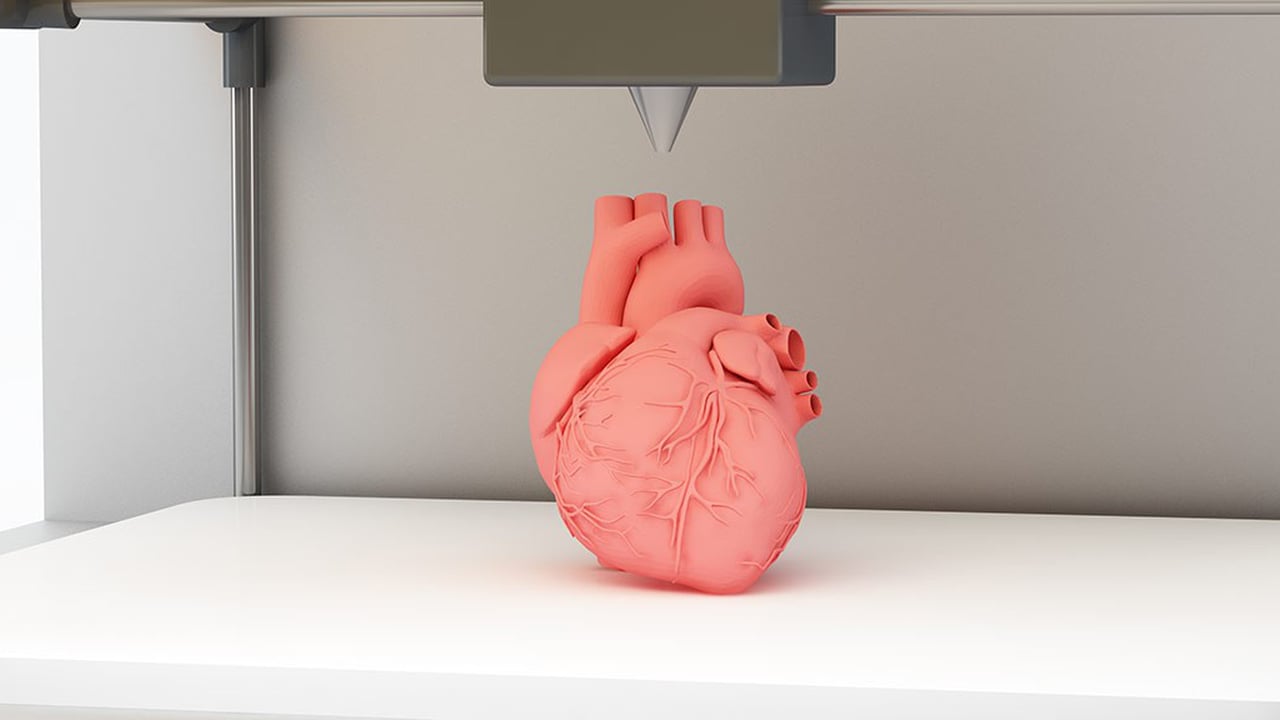
This Week in Science — March 20 −27, 2016.
3D printed heart replicas, A new type of colossal galaxy, shutting down HIV with gene editing, and more.
Mar 30, 2016
Planet 9 May Hail From Sun’s Stellar Birth Cluster
Posted by Bruce Dorminey in category: space
Planet 9, if indeed it’s out there, may have been stripped from one of our Sun’s stellar siblings, very early in the life of our solar system. The idea is that the Sun’s original birth cluster of at least a 1000 stars was pretty crowded and there was ample opportunity to gravitationally strip a planet from a stellar brother or sister. But guess stars don’t get jealous, eh?
A possible super-earth lying on our solar system’s outer fringes may have been captured from a star in our Sun’s original stellar birth cluster, Alexander James Mustill, an astronomer at Lund University in Sweden, tells me.
Even though Planet 9’s existence still remains up for debate, a growing body of evidence for nearly decade now indicates the presence of a planet some 10 times the mass of Earth that orbits the Sun at a distance of up to 900 astronomical units (or Earth-Sun distances).
Continue reading “Planet 9 May Hail From Sun’s Stellar Birth Cluster” »
Mar 29, 2016
Scientists just found more evidence that Planet Nine exists in our Solar System
Posted by Shailesh Prasad in category: space
Back in January, the astronomer who led the charge to have Pluto demoted to dwarf planet status announced that he’d just found evidence that a huge, icy planet could be lurking on the edge of the Solar System, just past Neptune.
Mike Brown, a planetary astronomer at Caltech University, estimated that the hypothetical ‘Planet Nine’ appears to be circling the Sun on a super-elongated orbit that takes an incredible 10,000 to 20,000 years to complete. And now, thanks to a newly detected Kuiper Belt Object (KBO) that’s acting really strange, Brown says the case for Planet Nine just got a whole lot stronger.
“Hey Planet Nine fans, a new eccentric KBO was discovered. And it is exactly where Planet Nine says it should be,” Brown tweeted over the weekend.
Continue reading “Scientists just found more evidence that Planet Nine exists in our Solar System” »
According to a series of articles produced by NASA and industry specialists, a lunar base could be built in a few years for just $10 billion.
Mar 28, 2016
Quarks To Quasars Photo 3
Posted by Shailesh Prasad in categories: particle physics, space
Mar 28, 2016
CO2 Recovery System Saves Brewers Money, Puts Bubbles into Beer
Posted by Klaus Baldauf in categories: economics, energy, space
NASA Technology
Building on work he and his companies did with Johnson Space Center’s In Situ Resource Utilization (ISRU) team, Robert Zubrin has developed and commercialized technologies that could prove revolutionary in their Earth applications, such as a system that could extract millions of barrels of oil from defunct oil wells around the world and another that can harness all the natural gas currently burned off as waste at many oil drilling rigs (Spinoff 2015).
But when he’s not working to change this world or colonize others, the president of Pioneer Astronautics, Pioneer Energy, and the Mars Society enjoys a good microbrew. Now, he’s applied some of that same technology to cut costs for craft breweries that produce anywhere between 3,000 and 300,000 barrels per year.
Mar 26, 2016
Toward a realistic cosmic evolution
Posted by Andreas Matt in categories: evolution, space, supercomputing
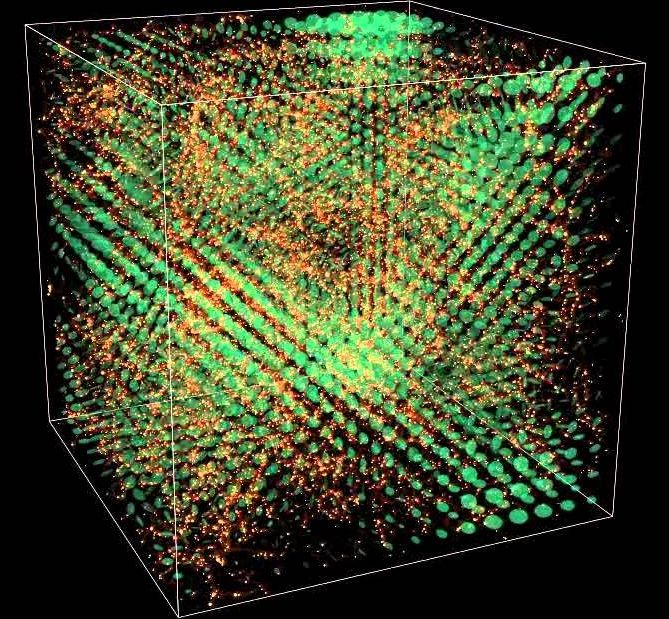
Using the Piz Daint supercomputer, cosmologists at the University of Geneva are the first to simulate the structure of the universe in a way that consistently accounts for the general theory of relativity.
